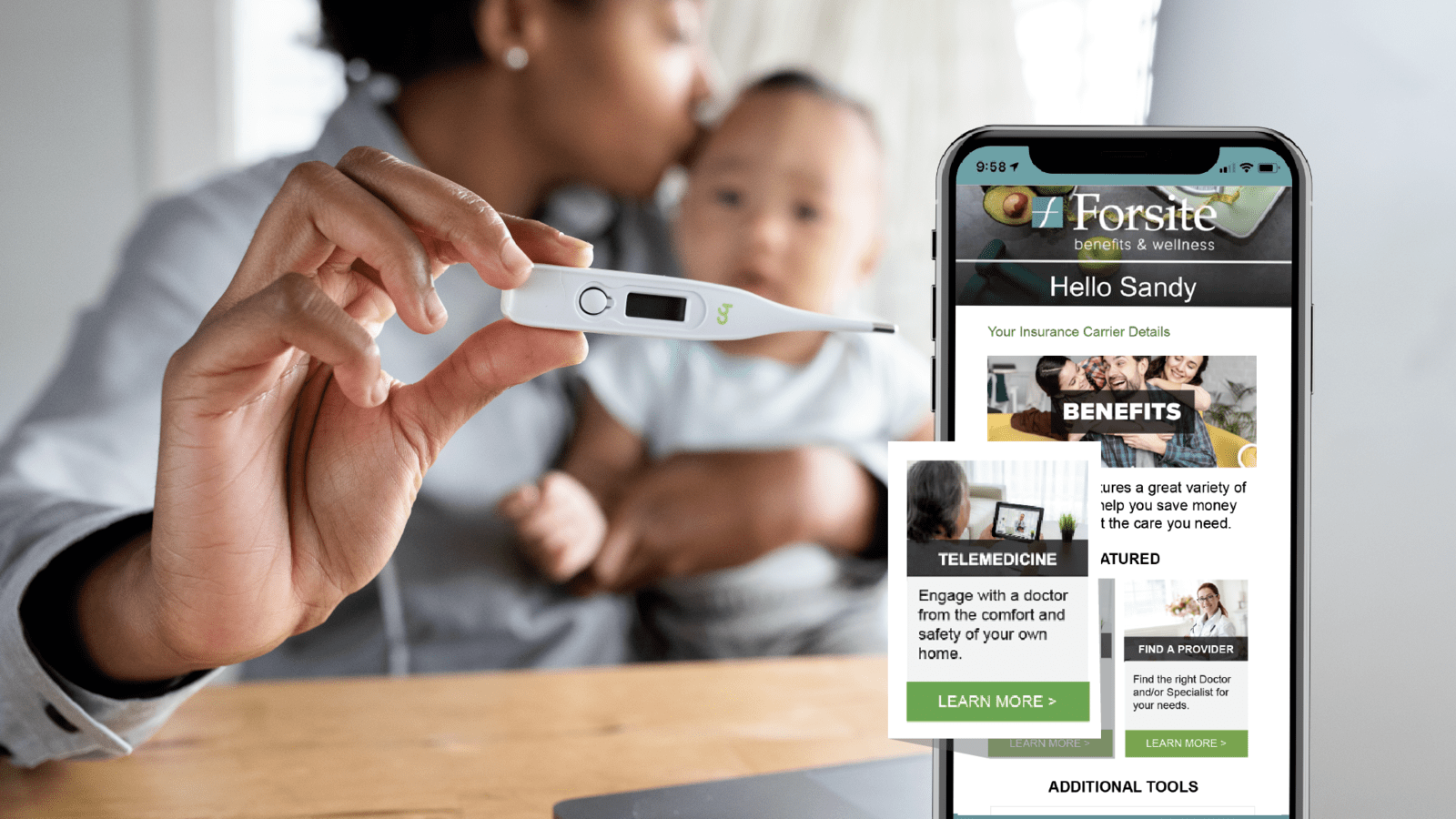
Showing empathy continues to play a vital role in workplace success. So, how can organizations take action to be more empathetic and in return, engage their employees in a meaningful and thriving experience? Here are 8 ways you can start adding empathy into your workplace culture:
Focus on building a human-first culture
Employees are looking for a human-first culture that prioritized PEOPLE over process.
You need recognize the ‘whole person’ that is the employee. Know employees as people as well as employees. Know what is important to your employees as individuals, and how they can contribute to the team. Find out what they are great at.
Your focus should be going beyond policies and instead focusing on meaningful ACTIONS that demonstrates visible and measured leadership commitment to employees. Take a look at your current culture and see what ways you can start to be more flexible, more family friendly and provide a better work-life balance.
Develop an empathetic communication approach
Leaders need to demonstrate a vocal and measurable commitment to their employees by modeling the behaviors that you wish to promote. For example, if you want to promote more flexibility…. Leaders should model it by demonstrating what it means to work hybrid or flexible schedule.
Train your managers to be empathic leaders by communicating respectfully, and nurturing needs. Employees care most about how they are treated by their managers.
Promote solid company communication with a good dose of respect. Respectful communication is crucial to establishing a positive workplace culture that cultivates employee loyalty.
- Start a recognition planEmpathetic leaders reward merit, a job well done. And it is not done randomly walking down the hall – It is a consistent action. Research has shown that job satisfaction depends on a sense of accomplishment, recognition for a job well done and work-life balance.
Create intentional connections
Building a strong connection between employees is challenging in any environment, and even more so in today’s digital world. Organizations and managers need to reframe team building from a passive action, to a proactive one. Encourage and reward managers to prioritize building social capital at work and seek to create a culture where social support thrives.
- Focus on diversity, equity, and inclusionWhen we talk about empathy, this also includes diversity, equity, and inclusion efforts. Today’s employees are homing in on what specifically organizations are doing from this standpoint– and they want more.
Employees are looking for diverse voices, diverse teams, with tools and resources that create transparency, as well as an examination of implicit, explicit and structural biases. An organization cannot hire their way into solving diversity goals.
Lisa M. Coleman, PhD, Senior Vice President, Global Inclusion and Strategic Innovation, New York University states: “You can have diverse organizations and still fail to reimagine what equity and power looks like.”
- Listen to your employeesAn empathetic organization wants to know what employees NEED to be the best at their jobs. Use surveys to see what employees need. When responding to survey results, listen to all voices within the organization and SHARE the results. Then, take action with a meaningful response.
Invest in your people
The first opportunity to invest in your employees is at onboarding. This is a critical tool in your toolbelt to create a positive employee experience. It sets the tone from 1 day and demonstrates WHAT is important – the priorities, values, mission that makes up an organization.
Continuously invest in employees through learning & development training. This helps add to an employee’s personal value and encourages them to develop new skills to help the company.
Another way to invest in people is to offer “returnship” programs for employees re-entering the workforce. Re-entering the workforce after an extended absence is often a difficult path, and the longer you're out, the harder it can be to get back in. Some organizations are offering "returnships", which are paid internships for adults who have been out of the workforce for an extended time. Companies train and mentor new hires so that they can sharpen their skills and reacquaint themselves with office culture.
Provide access to expanded benefits & resources
Employees still want a generous benefits package, but with a twist: provide comprehensive benefits that support the whole person.
Health benefits, health coverage
Caregiving leave, caregiving solutions
Flexibility: remote/hybrid options
Financial benefits
Mental health / EAP / Behavioral health resources
Well-being
The more meaningful resources an employer offers, the more the employee is likely – AND ABLE – to stay.
Understanding and introducing empathy into your workforce can have a great return. Pick one of these to focus on improving in the new year and measure its impact on your organization and your people.
This content originated from www.motionconnected.com

Are you looking to take employee healthcare education to the next level? A proper method of communication is key to effective benefit offerings. Choose an uncluttered, engaging medium where you can relay important information to your employees. Whether email or a company intranet, know that choosing a communication method is the most important step you will take in helping your employees and organization thrive.
We communicate with our team using Forsite EXP >>
